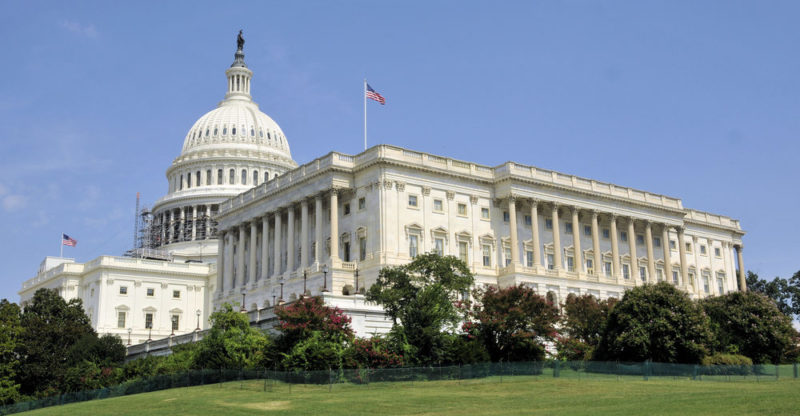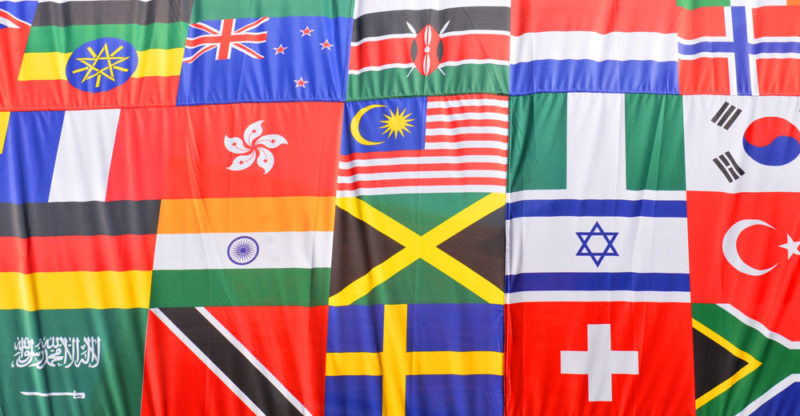We explain what national identity is and how it influences the language and culture of a nation. Also, its characteristics and nationalism.
What is the national identity?
National identity is an abstract concept that arises from the customs, beliefs and experiences that a group of people transmit from generation to generation.
It is made up of all the characteristic elements of a nation . It is a collective identity, that is, it encompasses all the people who consider themselves to belong to a nation. However, it also affects individual identity, since each individual internalizes as his own the characteristics that he associates with the society to which he belongs.
In some cases, national identity is associated with being born in a specific territory . However, throughout history, nations constituted in part by immigration have fostered the feeling of national identity in all the inhabitants of that territory, even if they were born in other countries.
On the other hand, members of a culture may have a shared sense of belonging , even if they were born and live in various parts of the world. That happens, for example, with the gypsy people.
1. Nation concept

The idea of a national identity is based on the concept of nation. We commonly use “nation” and “state” synonymously. However, the State refers to a form of political organization with sovereign power to govern a territory.
On the contrary, nation refers to the set of people who share a culture and a set of customs, and who habitually (but not always) inhabit the same territory.
2. Patriotism
One of the pillars of national identity is usually patriotism, that is, the pride of belonging to a nation.Groups that identify with a nationality express their patriotism also when choosing cultural products, their local merchandise and even their natural landscapes.
3. Differentiate from others

In some cases, national identities are defined by what they are not rather than identified by what they are . It usually happens, for example, in colonized territories when they achieve their independence.
In some cases, armed conflicts or even enmity with other nations facilitate the emergence or reinforcement of patriotism in the population .
However, the rejection of the alien is not a necessary condition for the conformation of the national identity.
4. Mandatory character
When a national identity profile is formed, it functions as a norm . This is because it establishes moral values that supposedly describe being a national.
In order for a person to be considered as belonging to that nation, they must not only follow those values but must also demonstrate loyalty .
5. Language

Language is one of the main bases of national identity , since language structures our thinking .
Language also allows access to literature , songs and popular sayings , which also constitute that identity.
Given the importance of language, in countries where there are regions with different languages, there may also be overlapping identities .
In Spain , for example, regions like Galicia or the Basque Country have their own languages . On the other hand, in America there are peoples that preserve their indigenous customs, and their identity is expressed mainly in the preservation of their original language .
6. National culture
The culture of a nation is expressed in its artistic expressions but also in its scientific and technological advances. The latter favor feelings of patriotism by provoking national pride.
The artistic expressions that are considered representative of nationality are usually located in the founding times of the country.
This is due to the fact that the relationship that exists between the cultural productions of different nations is more evident today, due to globalization .
However, all artists of all ages contribute to a greater or lesser extent to build the national identity. All of them express, albeit indirectly, the beliefs and customs of a part of the population.
7. Patriotic symbols

Each nation has chosen symbols that represent its identity. All Nation-States have among them a flag, a shield and a national anthem .
The function of national symbols is not only to identify a nation but also to collaborate with the construction of national identity.
The hymn, for example, is not only a symbol that is heard but also allows the joint practice of singing it.
8. Natural national symbols
Among the national symbols are also animals and plants native to the national territory. Some examples of natural national symbols are:
- Brazil . National animal: Jaguar. National flower: Yellow Ipé
- Canada. National animal: the American beaver
- Colombia. National animal: Andean condor. National flower: orchid
- Chile . National animal: Huemul. National flower: Copihue
- Egypt. National animal: Steppe Eagle. National flower: Blue lotus
- The Savior. National animal: Torogoz. National flower: Flor de izote
- Spain. National animal: Bull. National flower: Carnation
- U.S. National animal: Bald Eagle
- Ethiopia. National animal: Lion. National flower: Cala
- Guatemala . National animal: Guatemalan quetzal. National flower: white nun
- Ireland. National animal: Red deer. National flower: Clover
- Jamaica. National animal: Hummingbird
- Mexico . National animal: Golden Eagle
- Paraguay . National animal: Bell bird. National flower: mburucuyá
- Portugal. National animal: Rooster. National flower: Lavender
- Puerto Rico. National animal: Manatee
- Russia. National animal: Siberian Wolf
- Sweden. National animal: Moose. National flower: Muguet.
- Swiss. National animal: San Bernardo
- Uruguay . National animal: Tero. National flower: Ceibo
- Venezuela . National animal: Turpial. National flower: May flower
9. Origin of States – Nation

In the Middle Ages the territories were divided depending on the military and economic power of each feudal lord , therefore, they did not identify the populations that lived under their rule.
But in 1648, with the end of the Thirty Years’ War, the feudal organization was terminated.
From that moment on, the nation-states that are characterized by having a delimited territory, a relatively stable population and a government slowly begin to take shape .
10. Nationalism
Nationalism is also based, like national identity, on the idea of belonging to a nation . However, it is an exacerbated form of patriotism.
Unlike national identity, nationalism always requires the rejection of what is foreign and the exaltation of one’s own as superior.
The above content published at Collaborative Research Group is for informational and educational purposes only and has been developed by referring reliable sources and recommendations from technology experts. We do not have any contact with official entities nor do we intend to replace the information that they emit.














